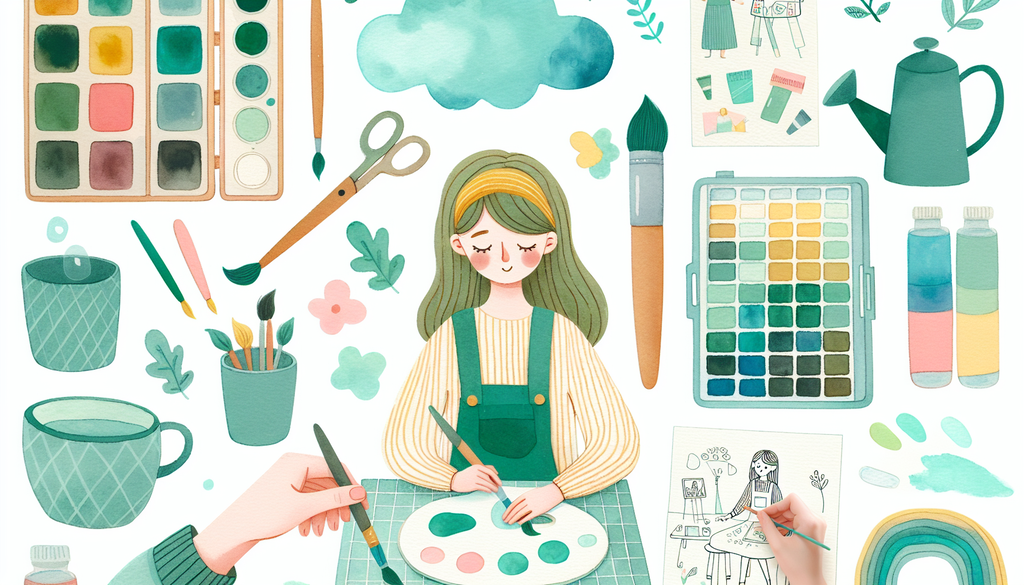Creative Outlets for Children with Autism

When it comes to fostering a child’s development, especially a child on the autism spectrum, nurturing their creative side can be incredibly beneficial. Creative outlets enable children to express themselves, help in emotional regulation and provide a means for developing cognitive and motor skills. In this article, we explore a handful of engaging, therapeutic, and beneficial creative activities that could serve as expressive outlets for your child.
1. Sensory Play
Sensory play helps stimulate a child’s senses: touch, smell, sight, movement, balance, taste, and hearing. Excellently suited for children with autism, sensory play can help foster language, cognitive growth, motor skills as well as encourage ‘learning by doing’. Read our post on why sensory play matters for special needs development here.
2. Art Therapy
Art is a great non-verbal communication channel. It can be an effective way for children with autism to express themselves, especially for those who may have difficulty expressing their feelings verbally. Painting, drawing, sculpting, or even doodling can provide an excellent avenue for self-expression and emotion regulation.
3. Music and Dance
Music and dance can help children with autism express their emotions and reduce anxiety or stress. Additionally, these outlets can help enhance motor skills and coordination. This research article outlines how musical interaction can support social communication in children with autism.
4. Drama Therapy
Much like art, drama therapy enables self-expression and enhances socio-emotional growth. Puppetry, role-play, or even miming can offer an interactive and engaging outlet for children on the spectrum.
5. Play Therapy
Play therapy utilizes a child’s natural language of play to help express thoughts, feelings, and experiences that they may not be able to articulate directly. You can learn more about this therapeutic approach in our post The Role of Play Therapy in Child Development.
In conclusion, creative outlets are an essential part of development and learning for all children, particularly for those on the autism spectrum who may struggle with traditional methods of communication. Try out these activities with your child and allow them the freedom to explore, express, and engage in a way that’s meaningful and enjoyable for them.
Remember, every child is unique - it’s a matter of trial and error to see what creative outlet works best for your child. A basic principle that always holds is to ensure that the activity is enjoyable and enriching rather than a source of stress.
For more articles on similar topics, please check out our blog section on Enrichment Activities & Extracurriculars.